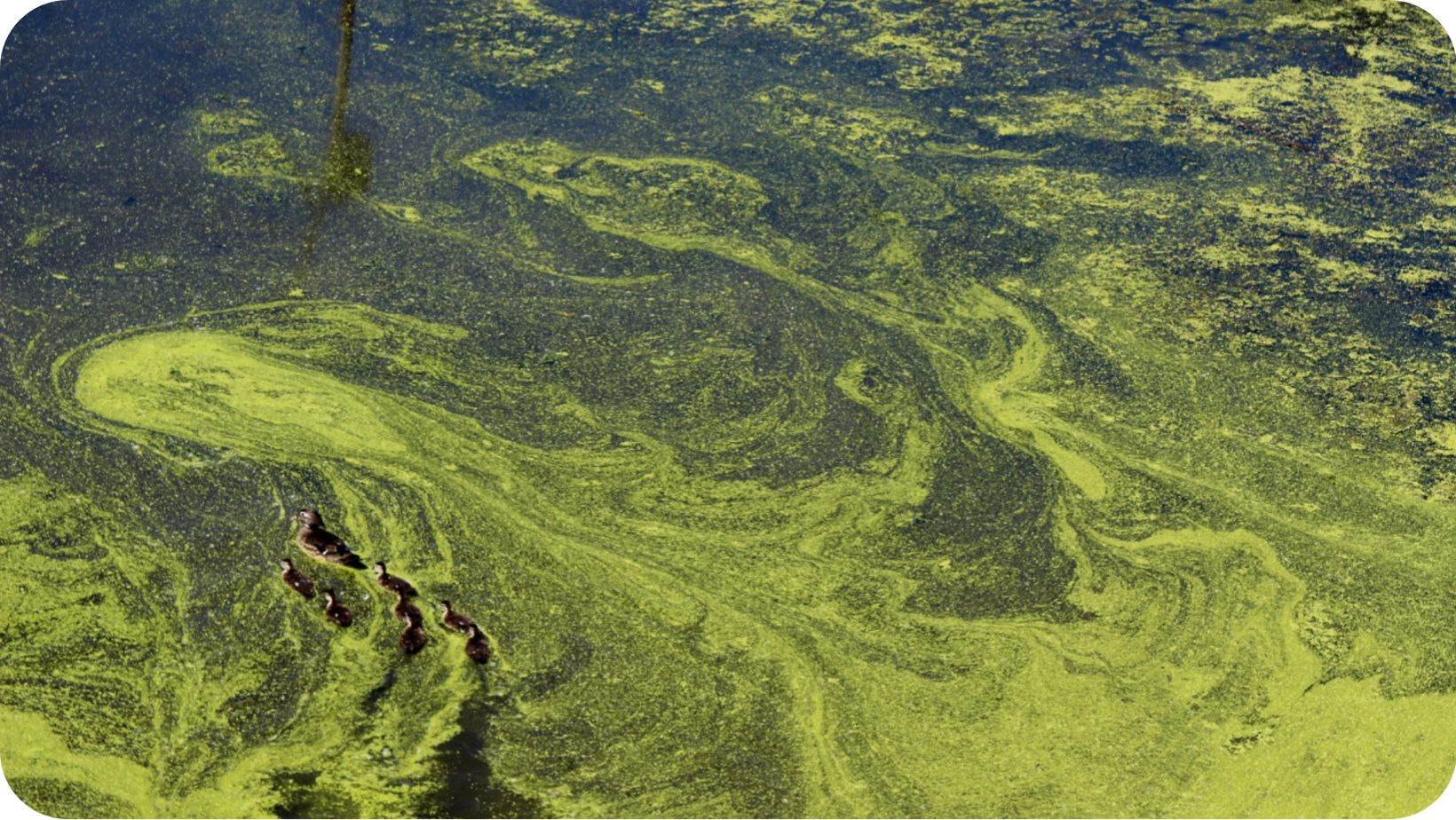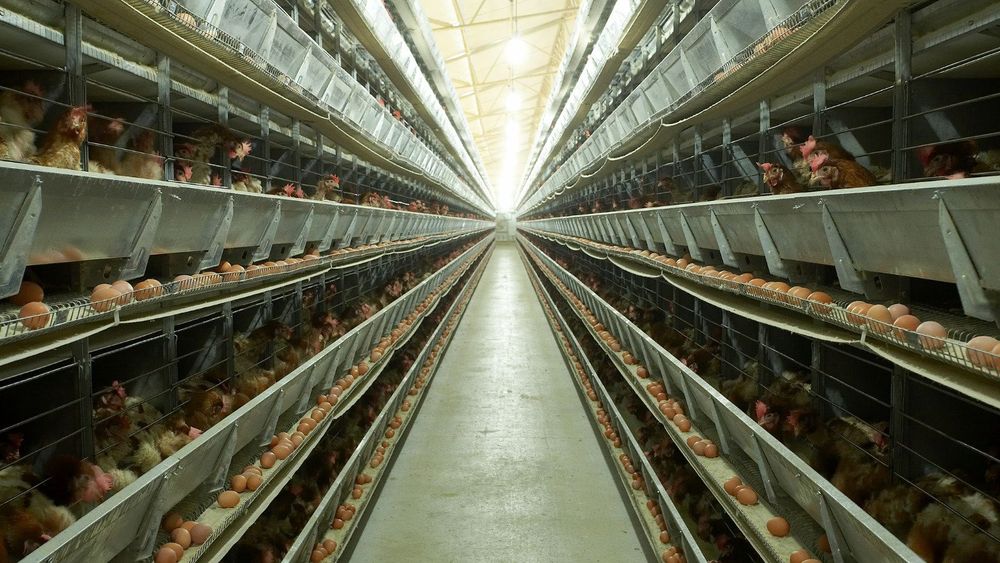The environmental impact of animal agriculture
Climate change is a worldwide concern. Global temperatures are increasing at a rate scientists say has irreversible effects on our precious ecosystems, and the extreme weather we’ve all been experiencing lately may be our planet begging us to take action. But how? Industrial causes, transportation, and the burning of fossil fuels are by far the leading contributors of global warming, but what about the environmental impact of animal agriculture? Knowing how to deal with the climate crisis can seem like an overwhelmingly large feat, so let’s start small.
Animal agriculture accounts for 11% of all greenhouse gas emissions, which might seem insignificant compared to around 70% of GHGs emitted from energy production, but the overall impact factory farming has on our environment is enormous. On top of global warming, animal agriculture has an impact on our water systems, air quality, and the health of arable land. Over half of our Earth’s land is used for agricultural purposes, and almost 80% of this land is used for animal agriculture to rear livestock or grow crops to feed them. Only 23% of agricultural land is used to grow crops that we will actually eat.
Animal agriculture and soil erosion
As well as taking up so much valuable land, farming also has a detrimental impact on the quality of our land; farmers need fertile land on which to grow crops, but monocropping also means that it soon becomes infertile. Monocropping is when one crop is repeatedly grown year after year on the same land, causing the soil to erode and lose nutrients needed for healthy plant growth. Soybeans are one of the world’s most monocropped plants and a surprising 80% of all soybeans are used to feed livestock. As well as livestock feed, the use of pesticides and inorganic fertilisers also speed up this process of soil erosion.
Animal agriculture and water pollution
Another environmental impact of animal agriculture is how fertilisers affect our waterways. Farmers will fertilise their land with a variety of different chemicals, depending on which nutrients their crops need. Nitrogen, phosphorus and potassium are the three most common ingredients used in synthetic fertilisers. Between July and November of 2018, the amount of corn (one of the most fertilised crops) used to feed livestock was up by 53% compared to 2017. Some of the world’s most profitable crops such as corn and soybeans are directly linked to the environmental impact of animal agriculture.
Nitrogen is a chemical that is often used to promote plant growth, whilst phosphorus helps plants to withstand cold winter months and produce fruit and flowers. Although both can be useful in growing a healthy yield, too much nitrogen or phosphorus can actually have an adverse effect. When it rains, this excess fertiliser can find its way into our water systems or penetrate deep into underground water stores.
What other pollutant finds its way into our water systems? Manure, and lots of it. A 1000 pound cow produces around 60 pounds of manure every single day. Although livestock manure is a great natural fertiliser, the average farm produces so much that it can be hard to know what to do with it. Farmland can only absorb so much manure before the excess turns into runoff, ready to infect fresh water. This means farmers can’t apply manure to crops that are closer than 6 metres from fresh or coastal waters, and they have strict rules about where they can store manure. Manure gives off ammonia which is harmful to the biodiversity of farmland. Over time, ammonia can turn soil acidic and cause respiratory problems such as coughing and irritation of the nose and throat, especially if it’s not stored properly or in large amounts.
Algae blooms, a lack of oxygen and the release of powerful odours are a few ways in which runoff can affect rivers, lakes and water reserves. Most recently in New York, an algae bloom was found in the Wallkill river in the New Paltz Gardens for Nutrition due to a run off of farm fertilisers and sewage.
Algae blooms consume the oxygen found in water and so it can be hard for any inhabitants to survive, especially if the algae is toxic. Toxic algae has bacteria that can cause rashes, nausea, respiratory problems and even kill any animals that drink from the infected water. Algae (aka bacteria) also thrives in hot temperatures, and so it’s much more likely to grow as global temperatures increase.

Animal agriculture and climate change
Lastly, and in some ways the most daunting to think about, is the impact animal agriculture has on climate change. As one of the largest contributors, it would be a mistake to ignore the ways in which animal agriculture produces greenhouse gas emissions like methane and nitrous oxide. According to the UN, methane accounts for 44% of all emissions caused by livestock, including the belching of cows.
Of course, it’s natural for cows to belch, but as a mass bred, ruminant animal that produces between 250 to 500 litres of methane per day, the amount of methane in the atmosphere is a serious issue. As of April 2022, there are a total of 7.8 million cows in Great Britain, most of which are mass bred for dairy or beef.
At COP26, several pledges were announced to encourage the collective action of almost 200 countries. One of said pledges was ‘to reduce global methane emissions at least 30 percent from 2020 levels by 2030.’ Thankfully, over one hundred countries are in agreement to lower their contribution of methane, especially within the energy industry, which according to the Global Methane Pledge, has the most potential for mitigation.
If you’re interested in the impact animal agriculture has on the UK environment, check out the biodiversity crisis nobody is talking about and rewilding in the UK with Vegan Land Movement.
